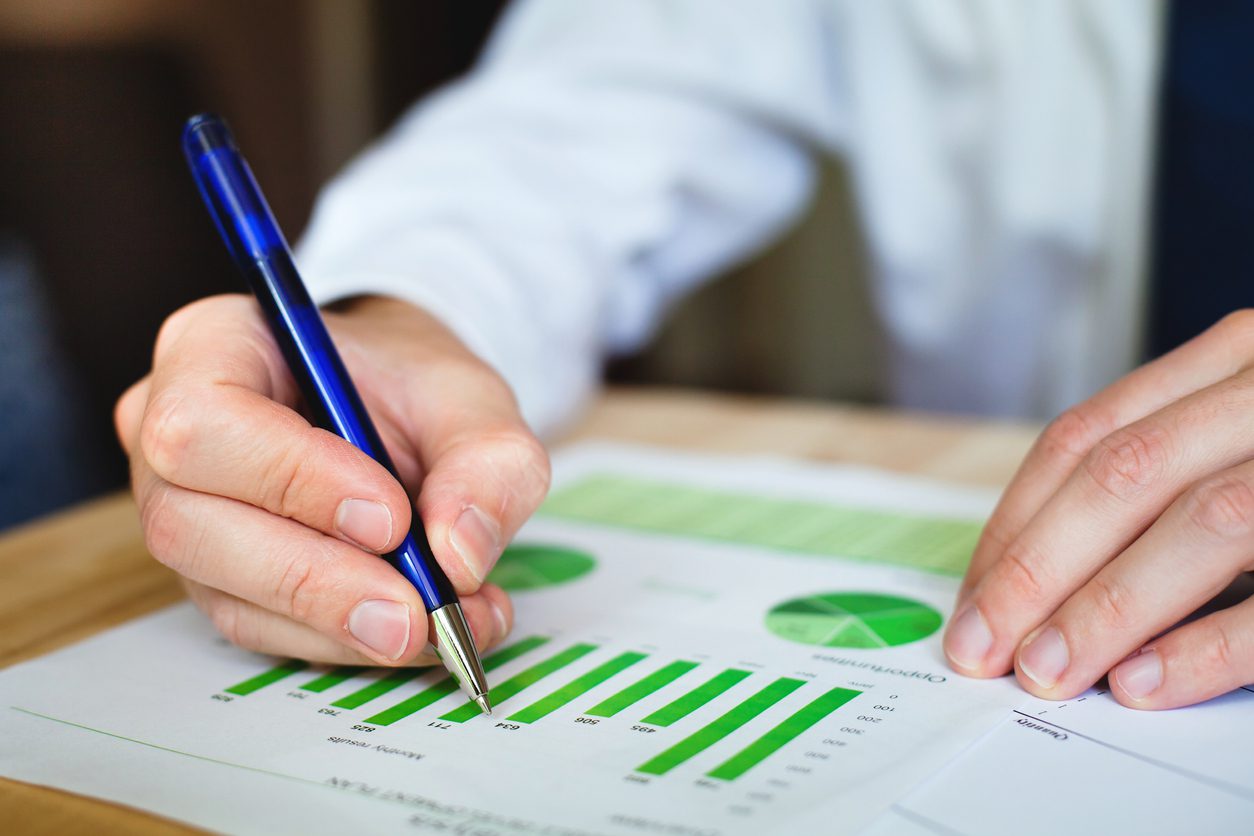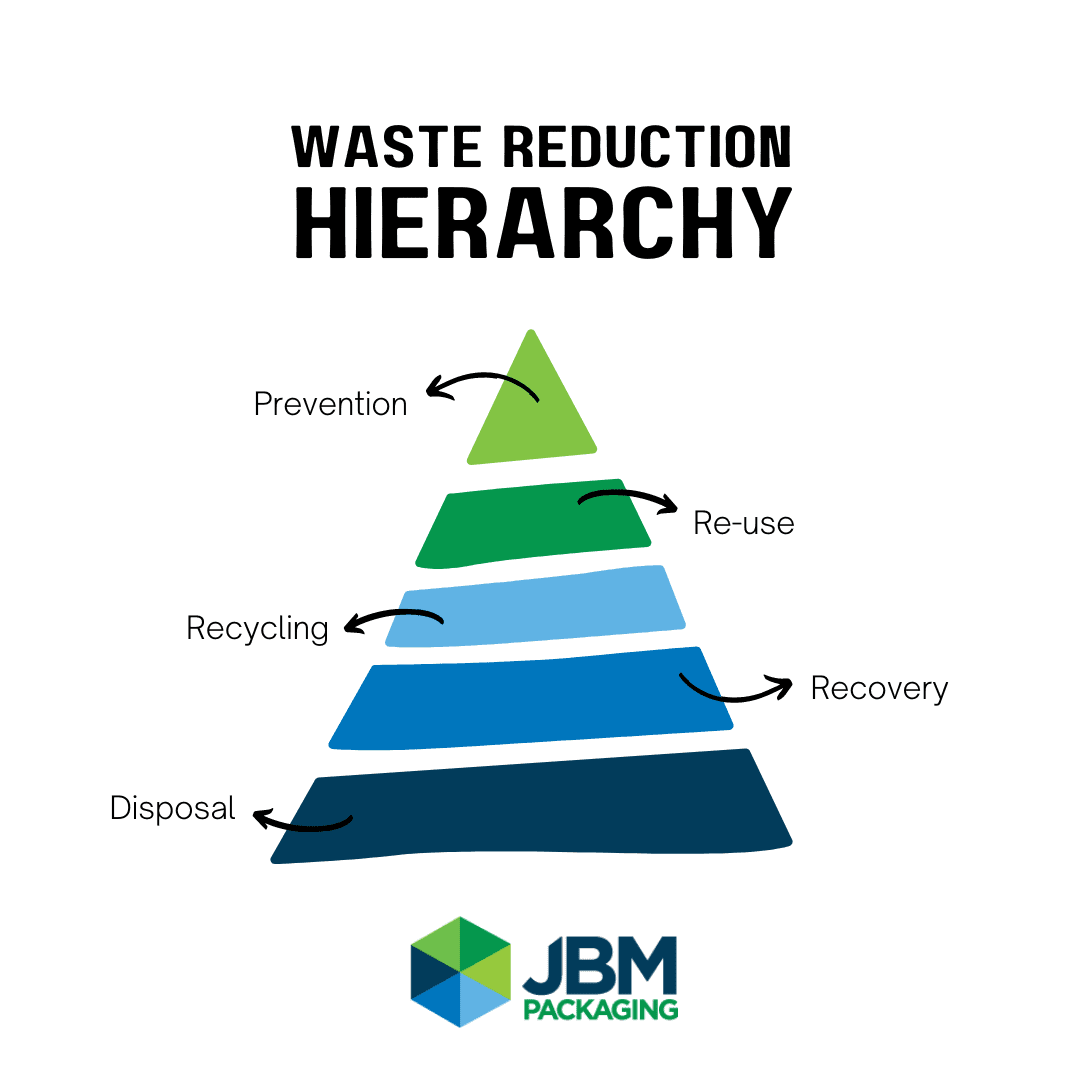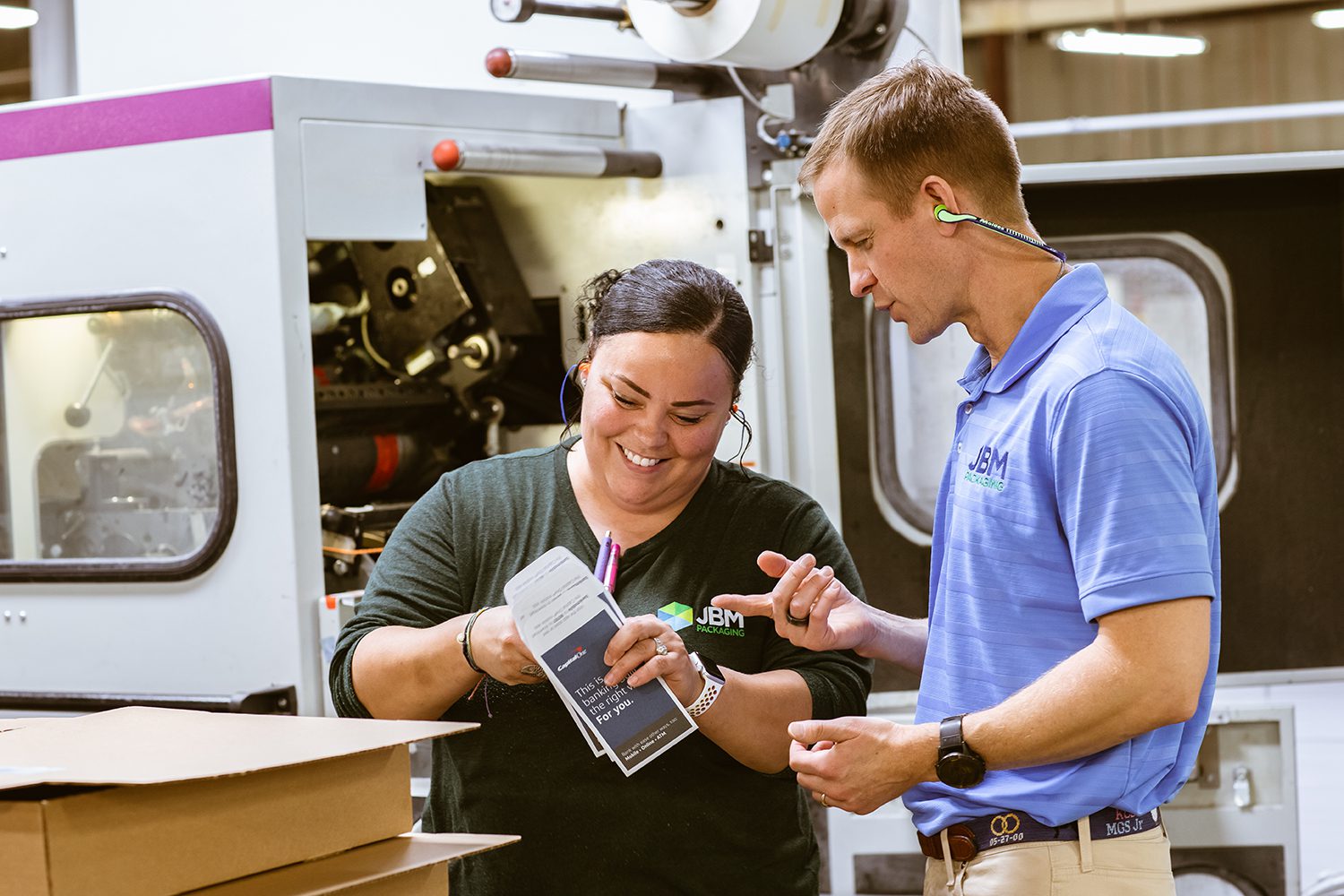7 Questions To Better Understand Your Packaging’s Environmental Impact
In the May 2010 issue of the Harvard Business Review, authors David Rubin and Daniel Esty published “The Sustainability Imperative,” in which they identified sustainability as an emerging mega trend. More than a decade later, their predictions have proven accurate—today, a Google search of the term “sustainability” reveals approximately 2.45 billion results and searches around the topic of “environmental, social and corporate governance” has risen by more than 500 percent in the past five years.
In just about every industry, companies throughout the world are looking for ways to reduce their environmental footprint. For many, it’s a mandate, with organizations following a multistage, performance framework approach in their sustainability journey.*
But for businesses looking to start their sustainability journey, where do you begin? While there are many considerations to take into account, one area of impact is the environmental footprint of your supply chain, and specifically, your packaging materials. Often, we think about the sustainability of the materials used, but it’s equally important to assess other environmental factors, such as where materials are sourced and how the product is manufactured. In the longterm, this can help protect your brand by ensuring business continuity and delivering on customer preferences.
These seven questions can serve as a starting point for discussions with packaging suppliers about the overall sustainability of their products:
1. Is the package made of recyclable or renewable materials?
Renewable content in a package refers to the use of bio-based or natural resources that can be replenished through natural processes. Recycled content is defined by ISO 14021 as “the proportion, by mass, of recycled material in a product or packaging.” It is the process of taking recovered material from an existing product and transforming it into a new material. Using materials made of recyclable or renewable materials can help reduce negative environmental impacts.
2. Can the package be recycled, composted or biodegrade in the natural environment?
Once the package is at the end of its original use, have a clear understanding of the available options for disposal, and the conditions under which that must occur. Understanding these options and communicating them with your customer can help reduce the opportunity for packaging products to end up in the landfill.
A waste management hierarchy offers a systematic order to effectively managing waste according to its environmental impact.
3. Can the item be reused?
In the waste reduction and diversion hierarchy, advocates encourage reusing items before recycling them. Creating beautifully designed products gives recipients an opportunity to reuse them for purposes beyond their intended use, unlike many single-use packages, such as a polypropylene bag. We love when our customers tell us that they’ve seen their packages reused as lunch bags, artwork and gift bags.
4. What is the toxicity of inks and adhesives?
If disposed of in the natural environment, do inks or adhesives contain any compounds that are toxic or could pose a negative impact to plant or wildlife? Are there other inks, such as soy-based inks, which is made of renewable material, biodegradable and easier to remove during the recycling process? Have a clear understanding of how different components used in the package can also impact the natural environment.
5. Where do raw materials originate?
Specifically for paper packaging products, it’s important to understand where wood fiber is sourced to limit the opportunity for illegal harvesting. Countries such as Peru, Myanmar and the Democratic Republic of Congo lead the world in illegal logging, but it happens everywhere, which contributes to deforestation. To insure the integrity of your materials, inquire about related sustainability certifications, such as FSC or SFI. These organizations work to promote sustainable harvesting practices that protect forests and related ecosystems.
FACT: Illegal logging accounts for 50-90 percent of all forestry activities in key producer tropical forests, such as those of the Amazon Basin, Central Africa and Southeast Asia, and 15-30% of all wood traded globally. (Source: WWF)
6. What sustainability goals and programs do you have in place?
Does your supplier have a sustainability program in place with set goals around energy or waste reduction? What about their suppliers (also known as tier 2 and tier 3 suppliers)? Working with them to understand their sourcing practices and sustainability goals will help build relationships that can build on your own short and long-term sustainability goals.
Approximately 70 million people (one-third of working age U.S. adults) have a criminal record. Second Chance programs gives people an opportunity to support themselves and their families, helping reduce recidivism. (Source: SHRM)
7. What other social initiatives do you support?
Sustainability and social justice go hand-in-hand in helping build a better world, so consider other programs that your suppliers have in place to improve communities. This might include Second Chance or Fair Chance Programs that provide opportunities for formerly incarcerated workers.
Nielsen studies show 81 percent of people throughout the globe feel strongly that companies should do their part to reduce their environmental impact. As you start your journey, we’re here to help you create better packaging products that reduce your environmental footprint and contribute to your sustainability goals.
*NOTE: The United Nation’s Sustainable Development Goals also provides a blueprint around which businesses are developing their sustainability programs. It goes beyond the materials and considers factors such as the Climate Action, Sustainable Consumption, Reduced Inequalities and more. Each goal is accompanied by a set of targets, which help deliver actionable areas to advance goals.








